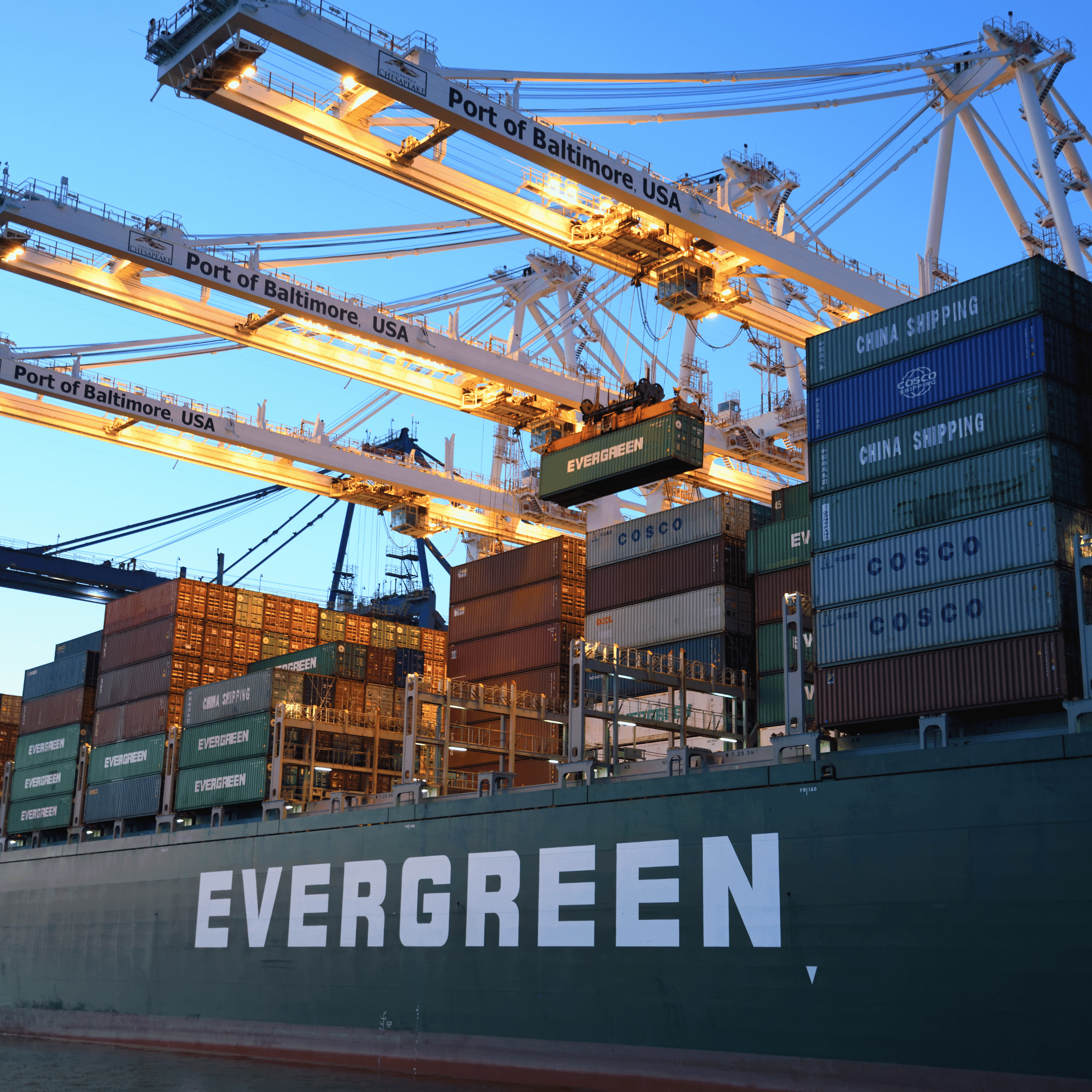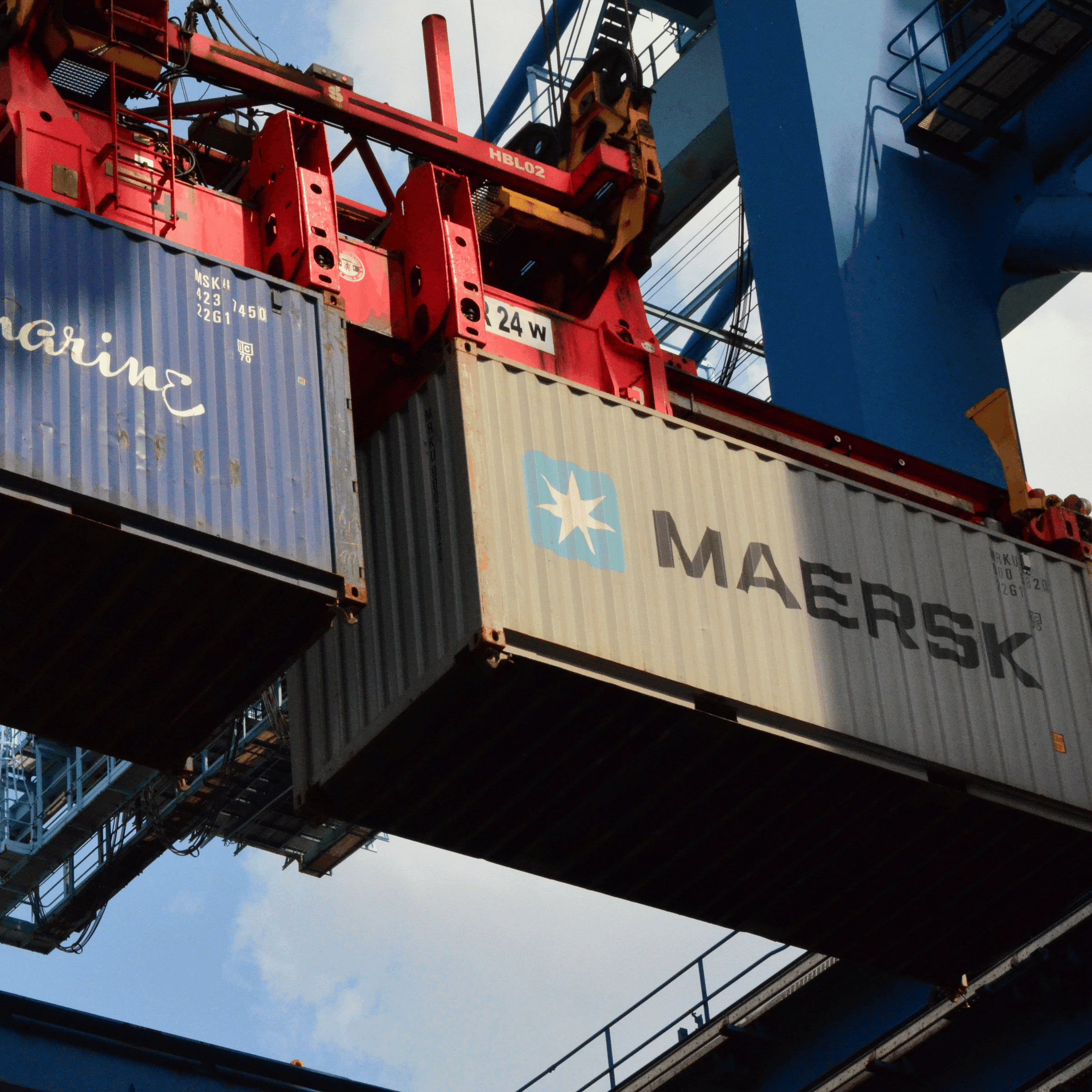A
Agile Supply Chain: A supply chain management strategy focused on responsiveness and flexibility, allowing it to adapt quickly to changing conditions.
Automated Storage and Retrieval System (AS/RS): A type of system used in manufacturing and distribution to automatically place and retrieve inventory from defined storage locations.
B
Backorder: An order that cannot be filled at the current time due to a lack of available inventory.
Bill of Lading (BOL or B/L): A legal document between the shipper and carrier; details the type, quantity, and destination of the goods being carried.
C
Carrier: A firm that transports goods or people via land, sea, or air.
Cross-Docking: The practice of unloading goods from incoming shipments and loading them directly onto outbound shipments, minimizing warehouse storage time.
D
Demand Planning: A multi-step operational supply chain management process used to create reliable forecasts.
Distribution Center (DC): A facility that holds inventory and redistributes it to retailers or consumers.
E
E-commerce Fulfillment: The process of storing, picking, packing, and shipping online orders to consumers.
EDI (Electronic Data Interchange): The computer-to-computer exchange of business documents in a standard electronic format.
F
FBA (Fulfillment by Amazon): Amazon’s fulfillment service wherein sellers send their products to Amazon’s fulfillment centers for storage and shipping to customers.
Freight Forwarder: A company that arranges the import and export of goods and handles the logistics of moving goods.
G
Gross Weight: The total weight of a shipment, including packaging and containers.
H
Hub: A central location in a network, through which traffic is directed.
I
Inventory Management: The supervision of non-capitalized assets (inventory) and stock items.
Incoterms: International Commercial Terms defining the responsibilities of buyer and seller in the arrangement of transportation and other responsibilities.
J
Just In Time (JIT): An inventory management system that aligns raw material orders from suppliers directly with production schedules.
K
Key Performance Indicator (KPI): A measurable value that demonstrates how effectively a company is achieving key business objectives.
L
Last Mile Delivery: The final step of the delivery process from a distribution center or facility to the end-user.
Lead Time: The amount of time taken to process, produce, and deliver an order after the order is placed.
M
Material Handling: The movement, protection, storage, and control of materials and products throughout manufacturing, warehousing, distribution, consumption, and disposal.
Multi-Channel Fulfillment: The use of several channels to fulfill customer orders.
N
Network Design: The planning and design of supply chain networks to optimize efficiency and responsiveness.
O
Order Fulfillment: The complete process from point of sales inquiry to delivery of a product to the customer.
Outsourcing: Contracting work out to a third-party.
P
Packing Slip: A shipping document that accompanies delivery packages, usually inside an attached shipping pouch or inside the package itself.
Pallet: A portable platform on which goods can be moved, stacked, and stored, especially with the aid of a forklift.
Q
Quality Control (QC): The process of ensuring that products meet the company’s quality standards.
R
Radio Frequency Identification (RFID): The use of radio waves to read and capture information stored on a tag attached to an object.
Reverse Logistics: The process of moving goods from their typical final destination to another point, for the purpose of return, repair or remanufacturing.
S
Supply Chain: The network of all the individuals, organizations, resources, activities, and technology involved in the creation and sale of a product.
Shipment Tracking: Monitoring the journey of a shipment as it travels to its destination.
T
Third-Party Logistics (3PL): A service that allows you to outsource various supply chain management functions such as warehousing, distribution, and fulfillment.
Transportation Management System (TMS): A logistics platform that uses technology to help businesses plan, execute, and optimize the physical movement of goods.
U
Uniform Resource Locator (URL): A reference (an address) to a resource on the Internet.
V
Vendor-Managed Inventory (VMI): An inventory management practice where the supplier holds the inventory and refills it as needed.
W
Warehouse Management System (WMS): A software application that supports the day-to-day operations in a warehouse.
Waybill: A non-negotiable document prepared by or on behalf of the carrier that provides details and instructions relating to the shipment of a consignment of goods.
X
X-Docking: See Cross-Docking.
Y
Yard Management System (YMS): A software system designed to oversee the movement of trucks and trailers in the yard of a manufacturing facility, warehouse, or distribution center.
Z
Zone Skipping: The consolidation of packages to bypass various local postal networks, resulting in reduced shipping costs and faster delivery times.






